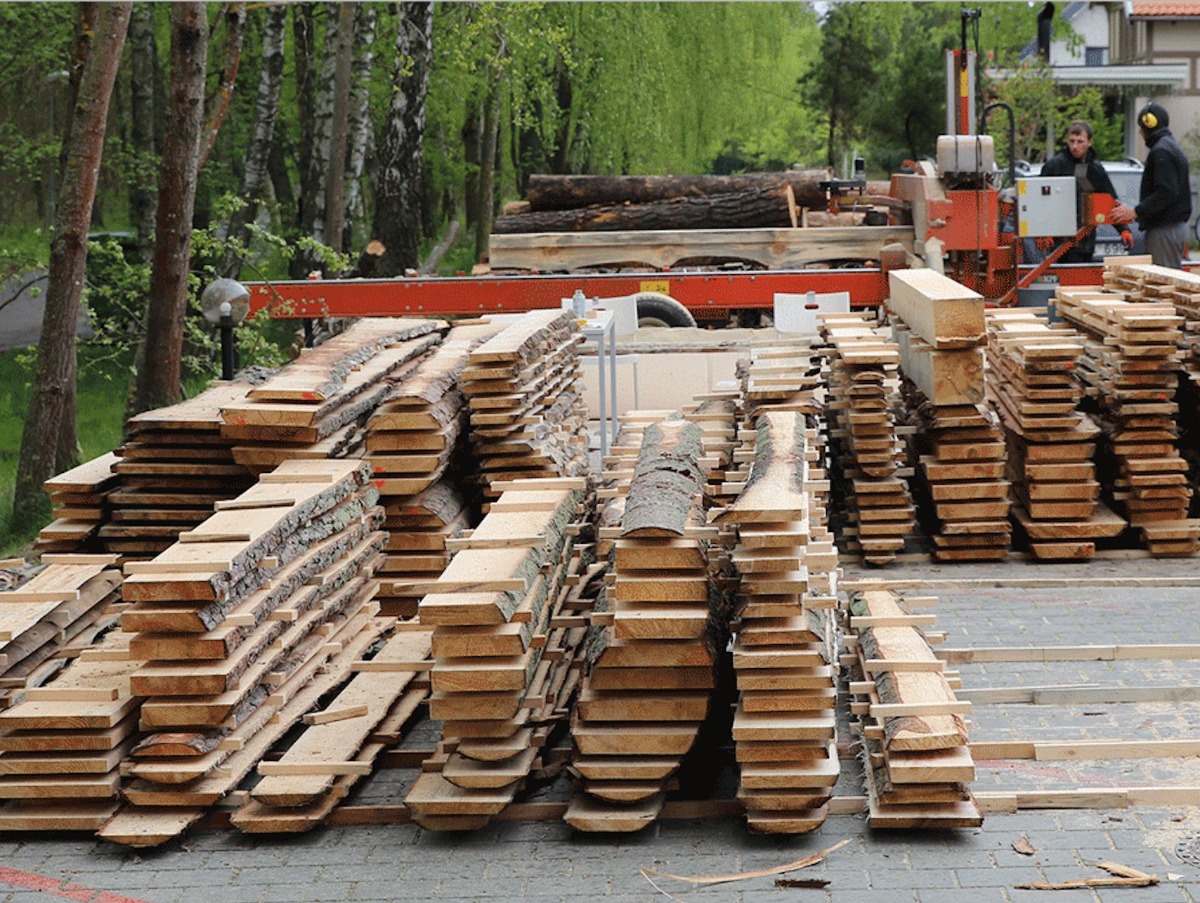
Call for applications: Neringa Forest Architecture
Nida Art Colony (NAC) is seeking applications from researchers, designers and artists from Estonia and Latvia for a new research/residency program focused on the features of both the human-made and natural forest: its ecological rhythms, organic and industrial material cycles, timber-based material development, socio-political discourses, history, forestry and policy-making; art, design and architecture.
NAC is located on the Curonian Spit, a 98km-long sand dune shared by Lithuania and Russia, separating the Curonian Lagoon from the Baltic Sea. It is a UNESCO World Heritage Site. Here, forests planted over the span of 200 years formed an environment dedicated to managing natural geomorphological processes. In this human-made space, actions were and continue to be planned, executed and represented by a range of state and civic agencies that translate natural processes into data, tables, systems, and regulations.
Neringa Forest Architecture analyses this cultural landscape as a case study in the context of Baltic and Scandinavian forests by tracing the relationship between ecological, recreational, representational, and industrial narratives, and by presenting the possibility to perceive the forest as an infrastructure formed by a diverse municipal consensus. In this residency, the trees of the Curonian forest and all of its distinct eco-socio-political features are literally, and figuratively, the foundational material of the program.
As discussions surrounding human intervention and activities in the natural landscape gain increasing significance, NAC’s new program positions the forests of the Curonian Spit as a foundation from which residents can analyze the broader scope of forest-as-infrastructure in the Nordic-Baltic region. This research/residency program is an attempt to align local spatial practices with an international network of creative practitioners while redefining the Neringa Forest as a conceptually expansive space: a space of, and for, ideas.
Who can apply
NAC is encouraging designers, architects, artists, historians, new materials’ scientists and forest researchers, in particular women and underrepresented minorities, to propose projects featuring intersecting, interdisciplinary practices, which have the potential to rearticulate society’s relationship to this particular woodland environment. The programme is also open to curators, as well as those working with performing arts, sound, material research/craft, and film. In addition, interdisciplinary proposals from professionals in other fields are welcome.
Duration
One to two months within the period of December 2020 and March 2021.
Application deadline
1 November, 2020, Midnight EET
Costs
Each selected resident will receive a monthly grant of 1000 EUR and additional travel costs.
Living and working conditions
Each NAC live/work studio is 65m2 and equipped with basic kitchen, bathroom, bedroom, and workspace facilities. Full access is given to the common spaces such as the library and the professional workshop (with weaving looms, ceramic kiln, laser cutting, wood and metalworking tools, plus photo, video and sound equipment).
In addition, residents will have access to naturally seasoned, Neringa sourced, timber boards, (10m3) cut during the 2019/2020 logging season and stored on-site at NAC (subject
to availability).
The program can host up to five international residents at a time. NAC is a department of Vilnius Academy of Arts and hosts students’ seminars and work retreats. NAC also organizes educational and research projects as well as exhibitions.
Application requirements
(1) Completed application form. *Please note: no access is necessary, simply download and complete the form
(2) Portfolio, sample of work, or publications (selection of 3–5 relevant projects)
(3) Current CV (max. 2 A4 pages)
(4) Submit all documents in PDF format, in a single file, in the order listed above using the following title: ‘Full Name_ NFA’.
Selection process and criteria
Applications are assessed by the Neringa Forest Architecture curatorial team, and an invited external practitioner with extended knowledge of NAC and the subject area. Evaluations are
based on the applicants’ submitted materials according to the following criteria:
- relevant, sufficient and continuous experience, or interest, working with proposed subject matter and residency theme;
- quality and innovation of the proposed research question(s) and/or perspectives, and their relationship to the applicants’ field(s) of practice;
- specific interest in working with the project site and impact of the residency on the applicants’ practice and creative development.
Title image: Neringa Forest Architecture: storage of 25m3 of timber cut in Neringa during 2019-2020 logging season. Photo by Julija Navarskaite.